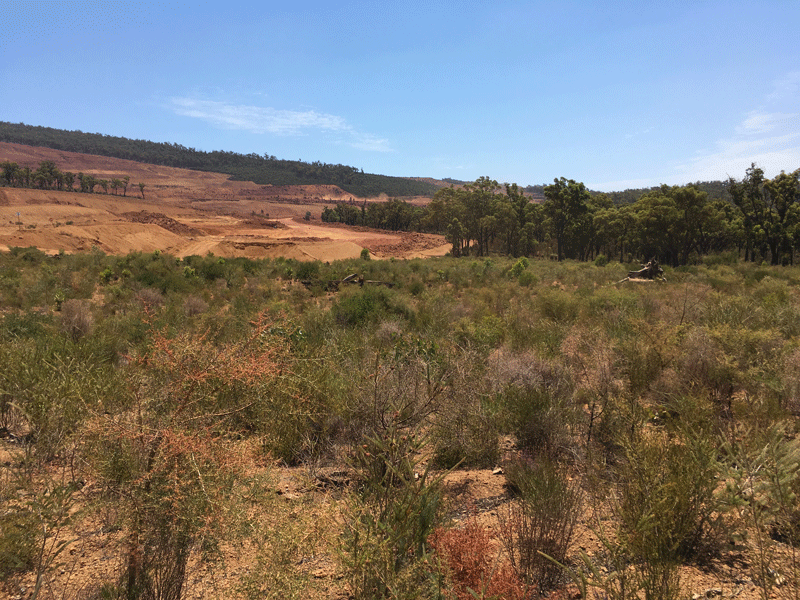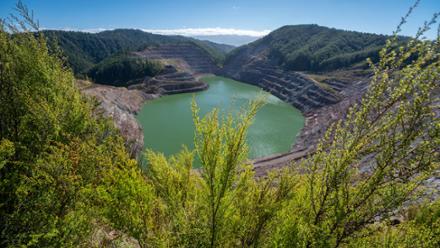Soil bacteria predict restoration of mine sites
Researchers from Flinders University, Australia, are using patterns in soil microbial communities to track progress and predict timeframes for rehabilitation of ecosystems on cessation of mining.

The research examines changes in soil bacteria following revegetation at three case study mine sites in south-west Western Australia.
Microbes are increasingly used to study environments and inform their management, but typical analyses produce complex information that is not well-suited to managers’ needs.
The researchers claim to have demonstrated a new approach that compares the similarity of rehabilitated soil bacterial communities to nearby reference sites, representing the desired target natural ecosystem.
Lead author Dr Craig Liddicoat says, ‘The key was recognising that natural ecosystems from just a single location can be quite variable, and that variation needs to be accounted for if we are monitoring the progress of ecosystem recovery towards a target outcome.
‘Our research showed that effective rehabilitation can set up a predictable trajectory of recovery, and in these post-mining examples it can take 40-60 years to reach the target.
‘Nature-based solutions and restoring biodiversity are critical to addressing key challenges of the modern era, as highlighted in the UN declaration of 2021-30 on the Decade on Ecosystem Restoration.
‘However, restoration is technically challenging and requires considerable investment with a broad base of evidence to give the best chance of success.
‘We recommend our new method to restoration managers who are considering how to incorporate soil biology into their ecological monitoring toolkit.’


